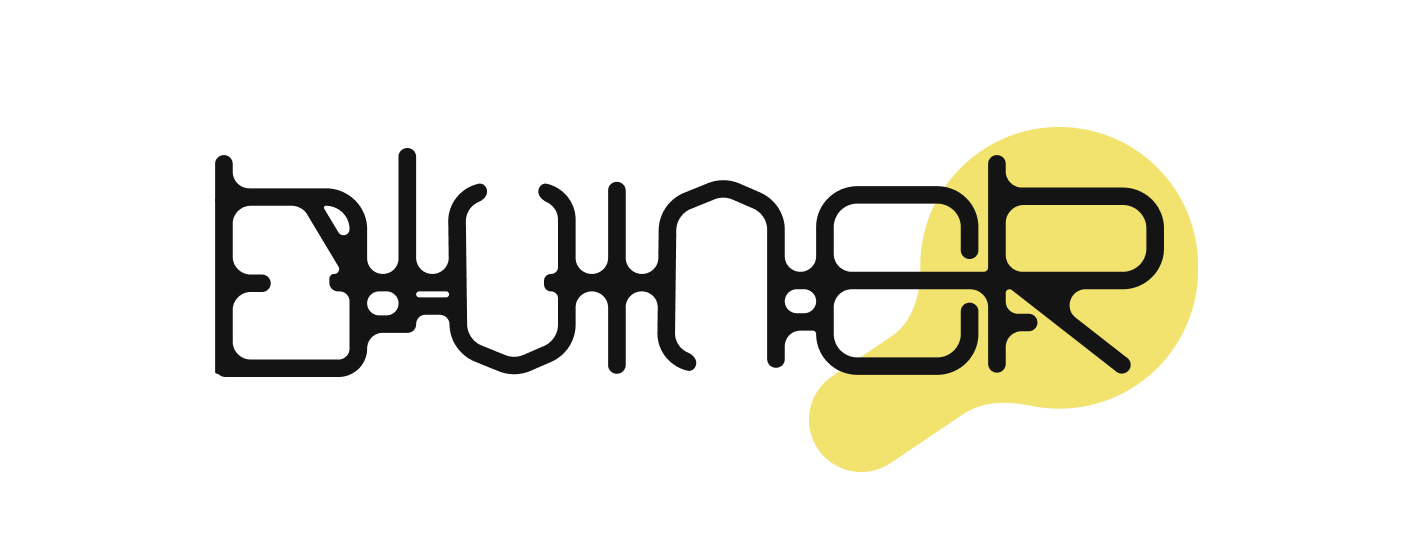The human factor plays a key role in decision-making during Dota 2. Even the most advanced analytical tools like DotaDiviner, cannot completely eliminate the influence of emotions, experience, stress , and team communication . Let’s break down the main aspects that affect the outcome of a match.
Emotional Influence
Emotions can strongly affect hero selection, strategy, and in-game decisions. For example, if a player is going through a rough patch or is overly confident in a certain hero, it may lead to biased picks or critical mistakes at key moments.
Remember: Objective analysis is the foundation of strong gameplay.
Use data and facts — not just feelings — to make informed decisions.
Lack of Information
A lack of awareness about heroes, synergy, counterpicks, and current meta trends can lead to a weak draft and put the team at a disadvantage before the match even starts. Many players rely on personal preferences instead of objective analysis — and this is one of the most common reasons for defeat.
DotaDiviner helps you:
1) Understand who dominates in the current meta
2) Evaluate synergy, counterpicks, effectiveness, and game tempo
3) See when a team reaches its peak strength and how it might develop over time
Personal Gaming Skills and Stress
In Dota 2, it’s not enough to just draft strong heroes — you also need high-level execution .
Personal player abilities, hero control, quick and accurate decision-making, mechanical skill, and analytical thinking all play a major role.
Even a strong draft can fail if: Players make unforced mistakes; There are focus or coordination issues; The team is under stress, fatigue, or internal conflict. Poor communication and lack of teamwork — even among experienced players — can lead to unexpected losses.
Managing the Human Factor
To minimize the impact of the human factor, follow these recommendations:
1. Stay calm and objective: Do not let emotions guide your decisions. Analyze each situation based on data and facts.
2. Gather complete information: Utilize all available resources to obtain reliable information about matches and teams. DotaDiviner and the @DotaDivinerBot Telegram bot will assist you with this.
3. Develop your analytical skills: The better you understand the game, the more accurate your predictions will be. Study game tempo theory and power spikes, analyze drafts, and study team playstyles.
4. Consider human weaknesses: Remember that even the best players and teams can make mistakes due to stress and conflicts. This should be considered when analyzing matches.
5. Avoid manipulation: Be cautious of subjective preferences and external influences — like peer opinions or outdated stereotypes.
Use real insights, not guesswork.
Conclusion
The human factor can heavily influence the outcome of a match — from draft to the final teamfight.
However, when decisions are made based on analysis, not intuition , you play more consciously and effectively.
DotaDiviner is not a replacement for your experience.
It’s a tool that enhances your understanding of the game , helping you make better decisions in draft and during the match.
